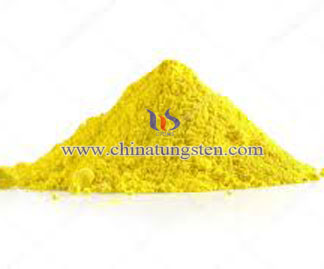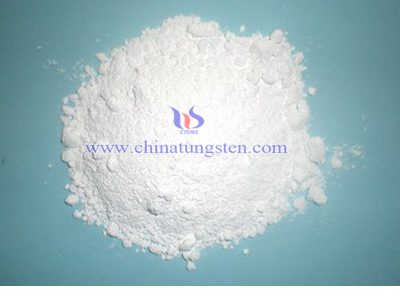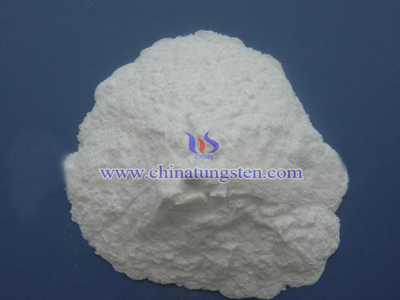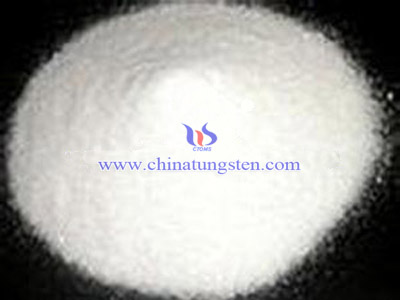Yellow Tungsten Oxide
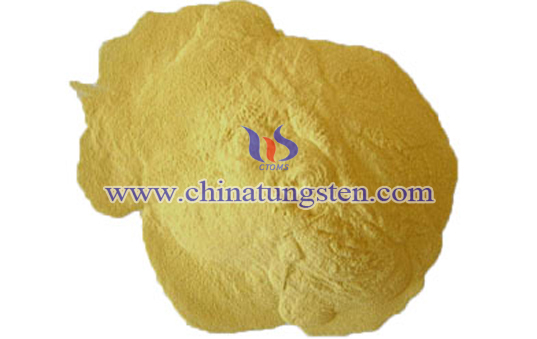
Yellow tungsten oxide is a kind of tungsten oxide, its appearance is yellow tungsten powder, it has unique physical property and a wide range of useage. Yellow tungsten oxide has two different particle size. When the particle size is 1.5 um, it is yellow; when it is 15um, it is light green color. Although the appearance is different, but its property is similar.
The reveal of yellow tungsten oxide can date back to tungsten history. Tungsten has a long history can be traced back to 18th century. It is discovered by Peter Woulfe. Tungsten is called Wolfram at the beginning, symbol of element is W. Swedish chemist Carl Wilhelm Scheele found scheelite, and did a lot of research on it. In 1841, Chemist Robert Oxland invented the first process of producing tungsten oxide and sodium tungstate. He was awarded a patent. After that he is regarded as the pioneer of tungsten chemistry system.
Physical property: Fine crystalline yellow powder, it is used to produce tungsten powder or composite ceramic pigment.
Chemical Formula: WO3-X
Appearance: Yellow powder, stable under room temperature.
Apparent density:2.3-2.8g/cm3
Packing: Inner plastic bag in iron drum, 100kg or 200kg each barrel.
Tungsten oxide nanowires were prepared by a vapor transport method using yellow tungsten oxide powder as a raw material. The crystal structure and morphology of WO3 nanowires were investigated by X-ray diffraction, scanning electron microscopy, and transmission electron microscopy. The obtained nanowires were hexagonal WO3. The major factors that influenced the morphology were the furnace temperature and the substrate position. The diameter of the nanowires decreased as the distance of the substrate from the raw material increased. Sensors were fabricated by pouring a few drops of nanowire-suspended ethanol onto oxidized Silicon substrates equipped with a pair of interdigitated Pt electrodes. The sensor made of the nanowires as thin as 50 nm showed the highest response to NO2 at a low operating temperature of 100 °C. The temperature dependence of the response was discussed in relation to the formation of NO2− and NO3− ions on the surface of WO3. The response slightly increased with decreasing diameter if the nanowires are regional depleted in NO2, while it largely increased if the nanowires are in volume depletion. A theoretical calculations based on assumptions were proposed in order to clarify the correlation between the nanowire response and their diameter.

